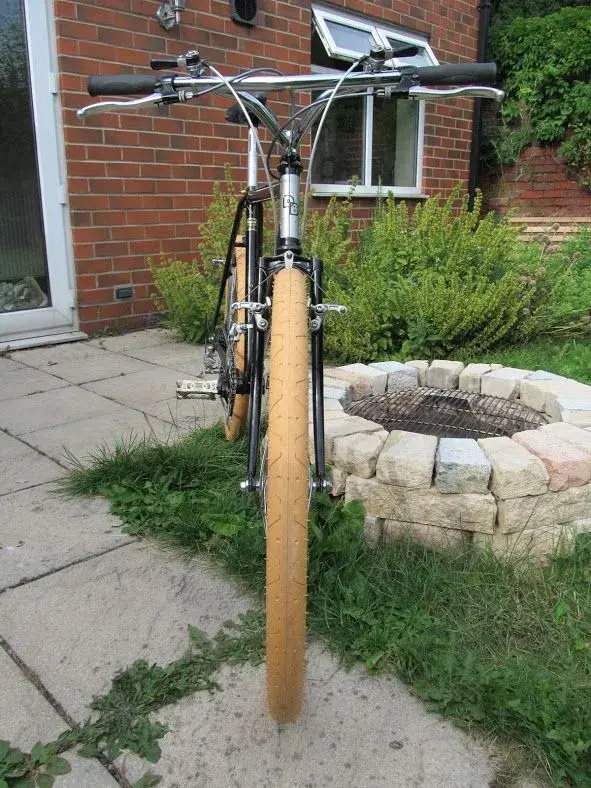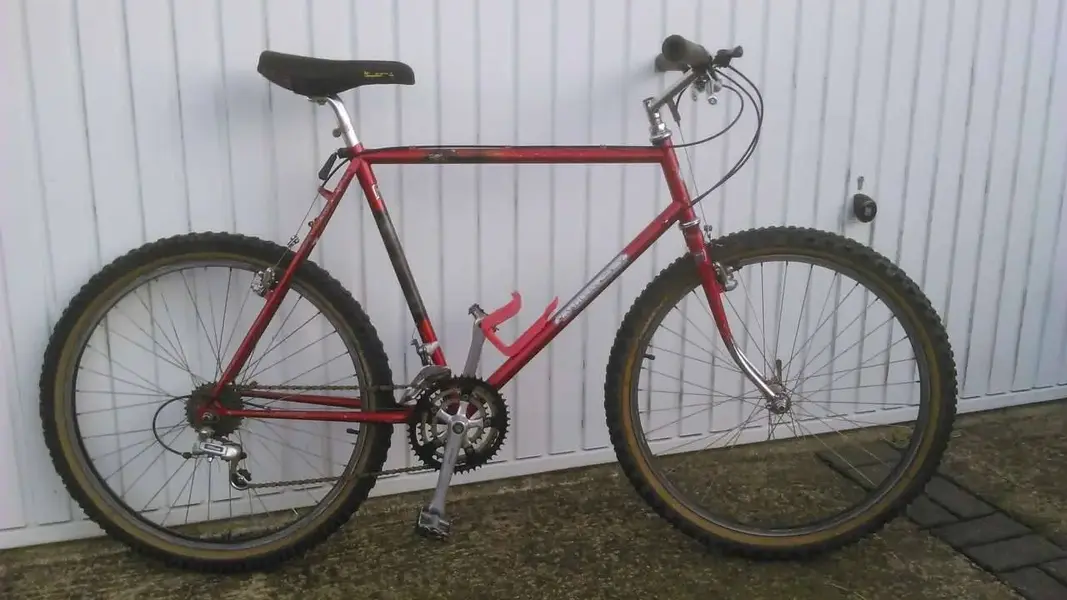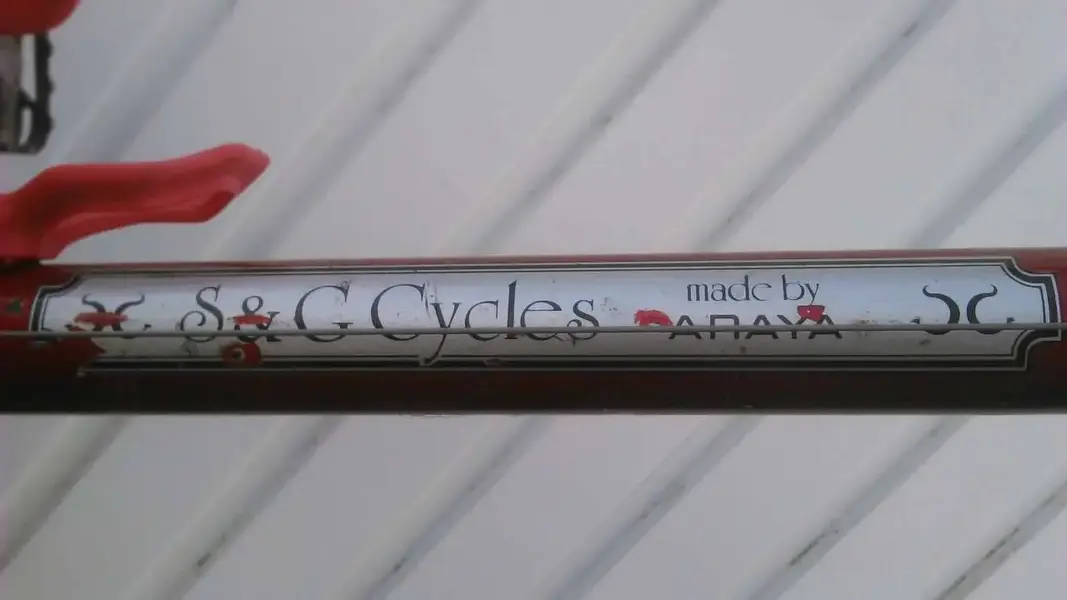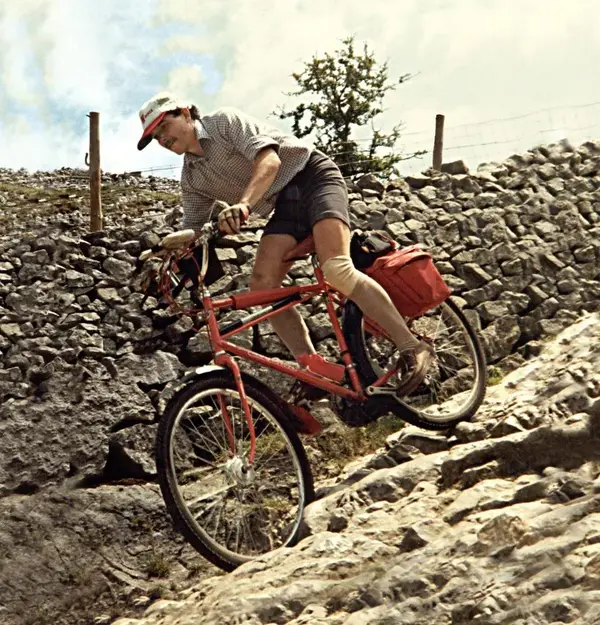The man who introduced US style mountain biking into the UK was a London Evening Standard journalist called Richard Grant. He is probably best known for his collaboration with cycling journalist Richard Ballantine that created Richards' Bicycle books.
In 1977 Richard Grant was visiting California looking for good stories for the Evening Standard when he heard about Gary Fisher and Charlie Kelly. He sought them out; went riding with them and thought that 'this was the most fun you could have on a bicycle'. He then bought a Klunker off Fisher and brought it back to Britain with the intention of spreading the word about these bikes to the British.
He showed the bike to others and exhibited it at the 1978 Olympia cycle show where it was apparently ignored by he other exhibitors. Undeterred, he kept in touch with Fisher and Kelly and imported more early 'Ritchey' bikes that he and others promoted at cycling shows and in the cycling press.
In 1984 he became the founding editor of 'Bicycle Action' the first UK magazine to focus on mountain biking and instigated the 'Fat Tyre Five' the first series of UK mountain bike events that included the 'Wendover Bash'.
Generally speaking the UK cycle industry's reaction to the mountain bike was unenthusiastic sceptical and cautious. There were three main reasons for this:
(1) At the time a good British road bike cost less than £100 and £300+ looked like more than the British public would be prepared to pay.
(2) There were already three off-road cycling traditions in Britain. Cyclo-cross and rough-stuff riding were considered to be niche. Whilst the teenage 'Tracker' bike tradition, though popular, had a make your bike from an old bike ethos and previous attempts to sell bikes into this market had been largely unsuccessful. The exceptions being BMX and 1981 Raleigh Bomber but not at in excess of £300 for a bike.
viewtopic.php?f=1&t=334891
(3) The BMX bubble had recently burst, leaving dealers with difficult to sell stock and so cautious about taking risks at a time of economic recession.
There were however a few British companies who were prepared to take the risk. First was the Ridgeback started by Madison owner Errol Drew who imported bikes from the far east from 1983. He first became convinced after seeing mountain bikes at an US trade show in 1982.
Next in early 1984 the Ridgeback was followed by British Cycling manufacturer Saracen who first made mountain bikes for Gary Smith of FW Evans. This was after Smith saw two Ritchey bikes being prepared in his shop for a 1983 trans-Sahara ride that was part of Richard Grant and Richard Ballantine's efforts to promote mountain bikes in the UK.
Other UK cycle manufacturers to begin selling mountain bikes in 1984 were Dawes with their 'Ranger' and Saracen with their own ATB model that was identical to the FW Evans ATB apart from the branding and colour option.
Most of the 1984 British manufacturers used Reynolds 501 mountain bike specific tube sets and Reynolds decision to support mountain bike production was probably key in persuading UK manufactures.
Most frames were fillet brazed back in 82 or earlier. Parts were a right mix from different manufacturers and the seatposts were too short resulting in crazy frame sizes to our eyes today.




